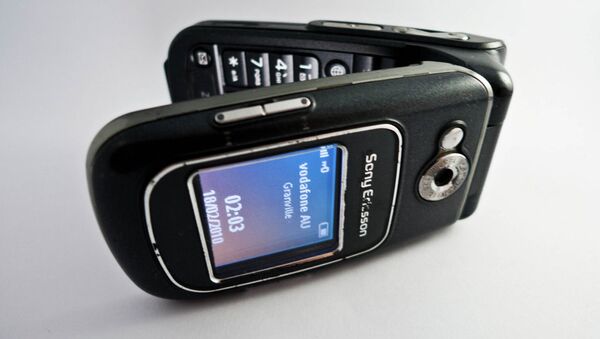According to data from MM Research Institute Ltd, last year shipments of flip phones rose by 5.7 percent to 10.58 million, while shipments of smartphone fell for a the second successive year, by 5.3 percent to 27.70 million.
Despite the more generous subsidies offered by networks for smartphones, which can consequently even be a cheaper alternative, Japanese consumers still have a fondness for what they call "feature phones." The trend has been referred to as a manifestation of the country's exceptionalism, termed "Galapagos syndrome" after the uniquely divergent species encountered by Darwin on the Galapagos Islands.
The predilection for older style phones comes in spite of Japanese phone manufacturing having once been at the forefront of mobile phone innovations. The world's first smart phone for web browsing, called i-mode, was released by NTT DOCOMO in 1999 and is still popular in Japan, and in 2000 the Kyocera Corporation released its VP-210 VisualPhone, the world's first mobile video and camera phone. The first commercial launch of third generation of mobile telecommunications technology was also made by NTT, in October 2001.




